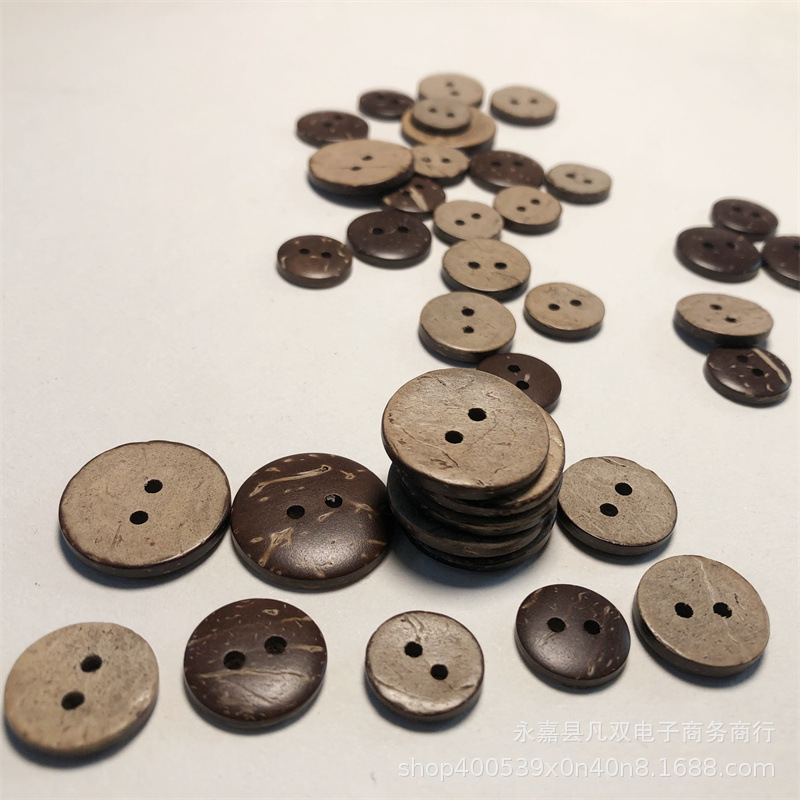Availability: In Stock
Ex Tax: $1.00
The four level needle is the most basic and simplest knitted tissue, serving as the foundation of knitted fabric organization. It includes flat needles, ribbed or square needles, which are formed by interlocking continuous units in a loop. One side of the four square needle is entirely composed of positive coils, while the other side is entirely composed of negative coils. In addition, four flat needles are also known as ribbed fabrics, which have pit stripe structures such as 1 × 1, 2 × 1, and 3 × 2, and weft weave structures formed by arranging longitudinal coils in certain combinations on both sides. When weaving on a double needle bed, the front and rear needle beds are arranged with full needles, and the depth of the circles is consistent. The weaving methods of four flat needles include hand weaving and machine weaving. The machine weaving method requires pushing both the main needle and the auxiliary needle to position B, pulling the half roller rod of the auxiliary machine to position H, and then introducing the yarn into the feeding mouth of the connecting arm. Weave one line from right to left, press the needle comb, hang the heavy body, press the second button on the right side of the main machine head, lift the first button of the auxiliary machine head, and weave three lines. After restoring the two keys of the main and auxiliary machine heads, continue weaving, and the result will be a four pin needle. The characteristics of a square needle are flat, thick, and not easily deformed, but its elasticity is relatively inferior to that of a square needle. The common four needle woolen sweater is woven with very fine cashmere on a knitting machine, which looks like flat needles on both sides. The fabric is thick and warm






























